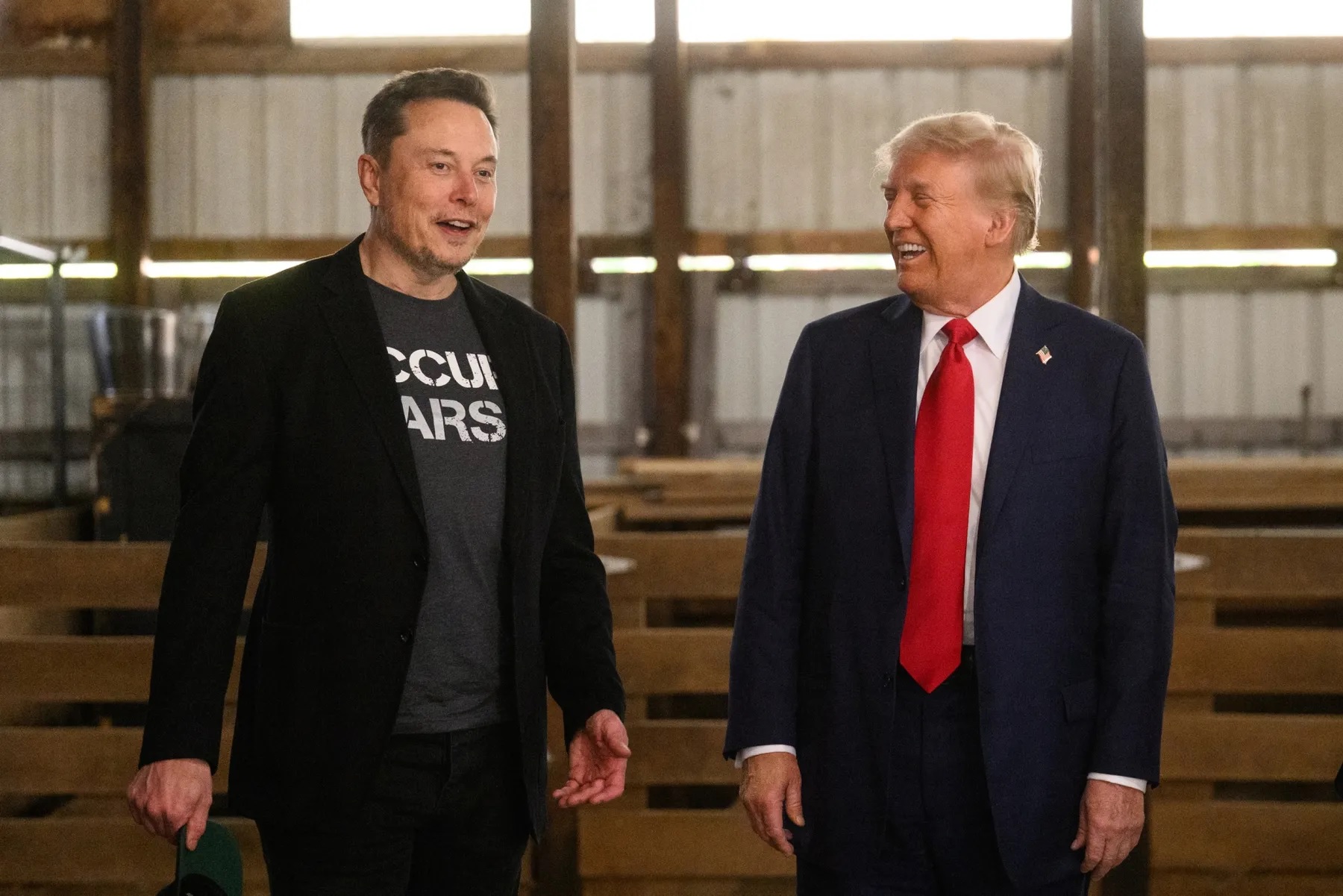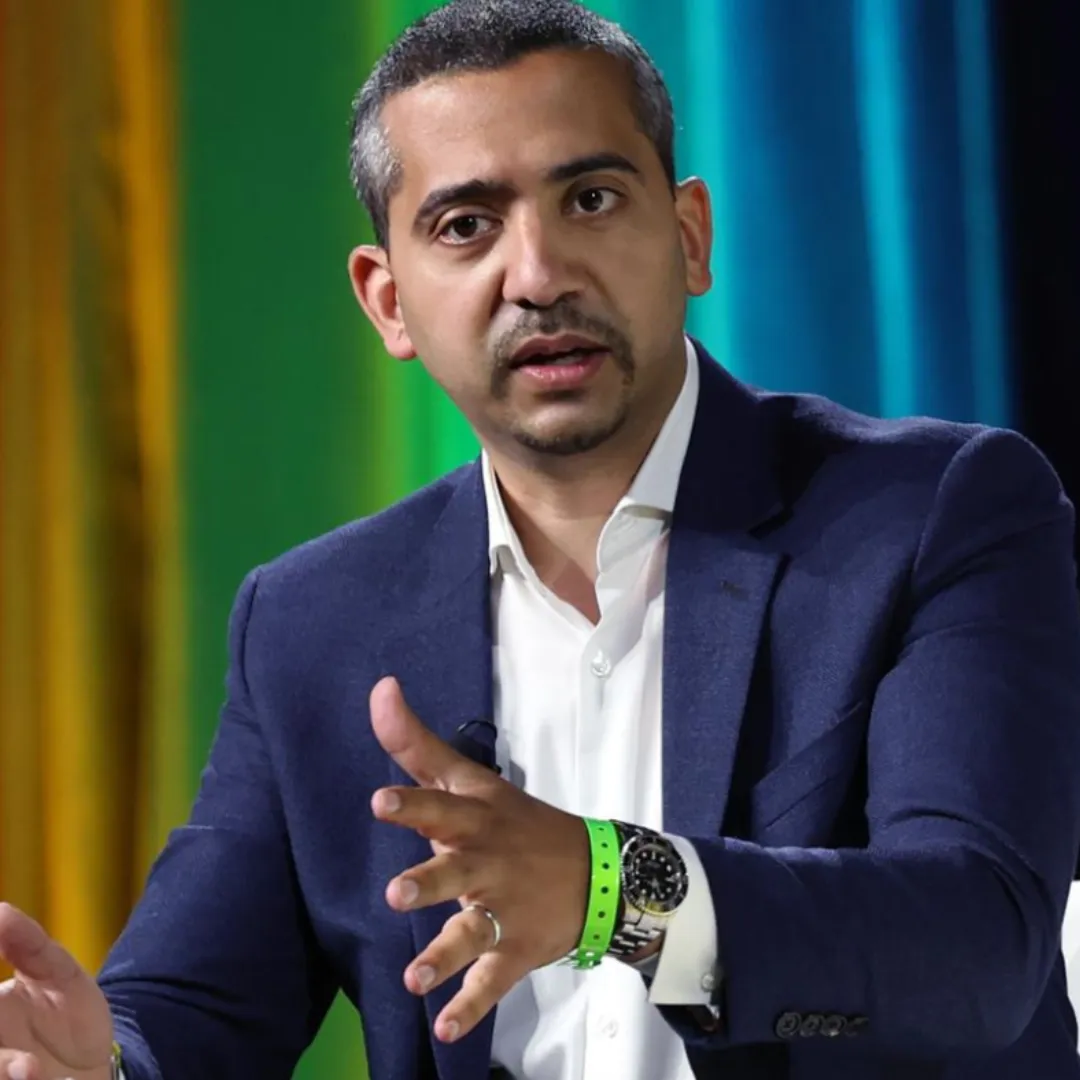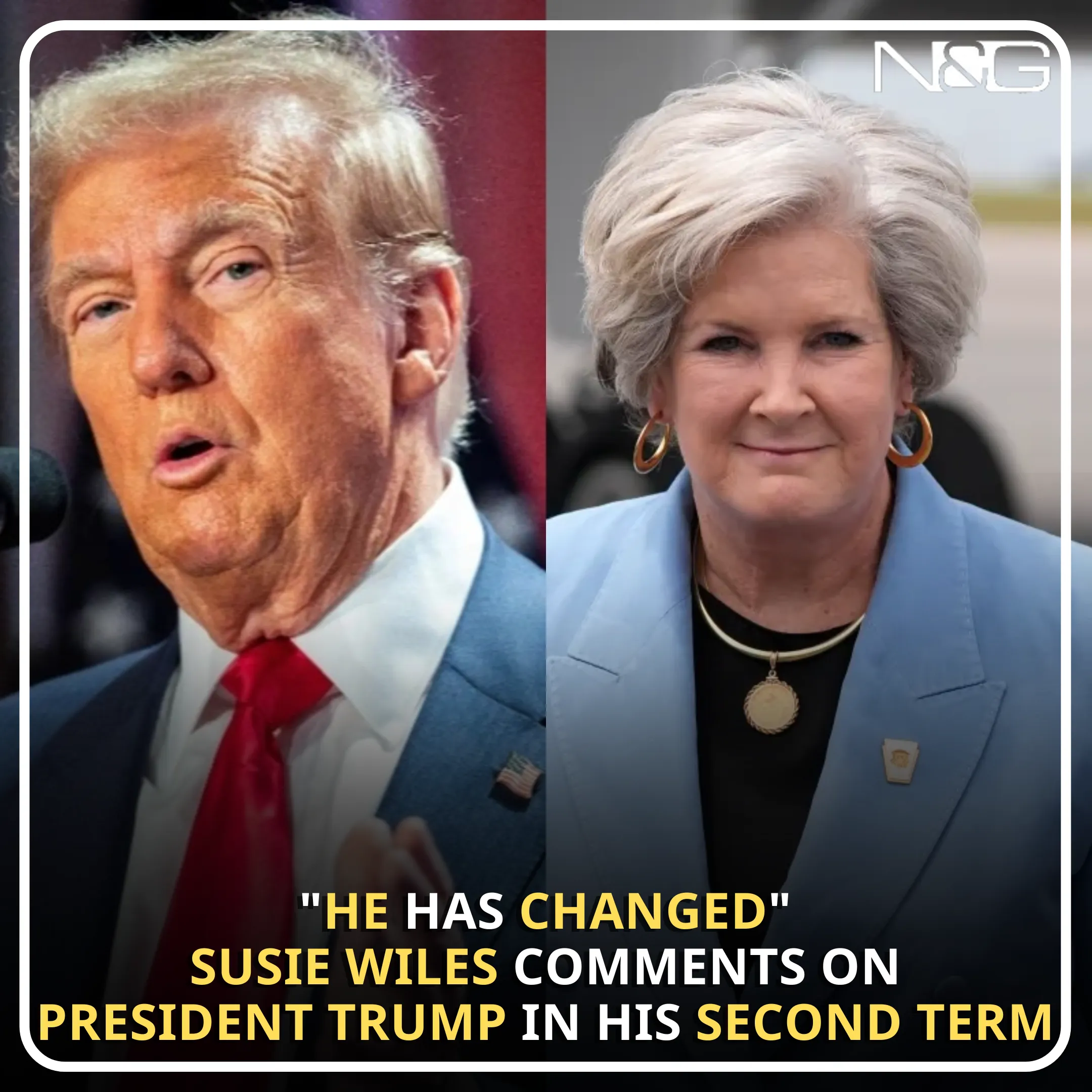
Donald Trump’s return to the White House has reignited his long-standing ambition to dismantle key federal agencies. However, eliminating organizations established and funded by Congress is not a simple task.
Instead of outright abolishment, Trump and his allies, including billionaire Elon Musk, have adopted a new strategy: crippling these agencies by sidelining their workforce, halting their functions, and reviewing their activities. The ultimate goal remains the same—pushing Congress to eradicate them completely.
One of the first agencies targeted is the Consumer Financial Protection Bureau (CFPB), which was created to shield consumers from financial abuse in the wake of the Great Recession. This agency has been a Republican target for years, and its operations have now been completely frozen.
Its director, Rohit Chopra, was removed before his term ended. The acting head, Treasury Secretary Scott Bessent, has ordered a full policy review to ensure alignment with the administration’s objectives. With enforcement at a standstill, crucial financial regulations, such as limits on overdraft and credit card late fees, are now in limbo.
Another agency in jeopardy is the U.S. Agency for International Development (USAID), originally established in 1961 to advance American interests through foreign aid. Trump’s administration has locked employees out of headquarters and shut down the agency’s website.
By Friday, agency staff worldwide will be placed on administrative leave and ordered back to the U.S. Musk, a vocal critic, labeled USAID as “evil,” while Trump dismissed it as a tool of the “radical left.”

The acting head of USAID, Secretary of State Marco Rubio, informed lawmakers that the agency would undergo a review and potential reorganization to improve efficiency. This has sent shockwaves through international aid organizations that depend on U.S. funding.
The abrupt freeze on most foreign aid has caused uncertainty, with some organizations struggling to secure waivers for life-saving programs, such as those providing HIV medication in Africa. Rubio suggested that agencies struggling with the waiver process may be sabotaging the system for political reasons.
The Department of Education, which has existed in various forms since the 1800s but was officially designated a cabinet-level department in 1979, is another major target. Trump is drafting an executive order instructing his nominee for Secretary of Education, Linda McMahon, to begin dismantling the department through executive action.
Trump’s goal is to devolve education policy to the states, arguing that America’s schools are failing despite high per-student spending. However, critics point to the irony of Trump’s earlier executive order seeking to exert federal control over school curricula by restricting certain subjects he opposes.
While abolishing the Department of Education outright requires congressional approval, McMahon, a former head of the Small Business Administration and co-founder of WWE, could still significantly reduce its influence.
Trump has openly stated that he hopes she eliminates her own job. However, with a narrowly divided Congress, a full shutdown remains unlikely. Still, the administration is determined to weaken its authority and funding mechanisms.
Trump’s administration is also preparing for a broader federal workforce reduction. Reports indicate a looming wave of layoffs affecting numerous agencies, particularly employees involved in diversity initiatives.
Those who refuse a buyout offer by Thursday may face termination. Additionally, federal workers may be forced to relocate or return to full-time in-office work, regardless of union agreements. These measures are part of a potential “Reduction in Force” strategy, designed to pressure workers into accepting buyouts.
Although some agencies, such as the Department of Justice and the FBI, will continue to exist, their leadership and functions are expected to be reshaped. Meanwhile, institutions like the Patent and Trademark Office, the Department of Transportation, and the Department of Homeland Security are not at immediate risk of elimination but may experience significant reorganization under Trump’s directive.
Musk has played a central role in this effort, particularly in targeting USAID. Employees who attempted to block his access to financial systems have been placed on administrative leave, and several have resigned.
Musk has criticized USAID’s funding of diversity initiatives abroad, calling them wasteful. His aggressive approach was evident in his social media post where he claimed he spent the weekend “feeding USAID into the woodchipper,” referencing the administration’s decision to freeze foreign aid.
While the administration initially imposed a blanket freeze, pressure from the international development community forced a partial reversal, allowing limited waivers for emergency aid. However, securing these exemptions has proven challenging, leaving many programs in limbo. Rubio, when questioned about the bureaucratic hurdles, suggested that inefficiency or intentional resistance within the agency might be to blame.
Despite Trump’s sweeping changes, completely eliminating these agencies remains legally complex. The president cannot unilaterally dissolve them with a simple executive order.
However, he can drastically curtail their scope and effectiveness. For example, elements of USAID’s work may be absorbed by the State Department, even though the agency was originally designed to operate independently. Rubio’s letter to lawmakers outlined a potential restructuring plan that could result in the agency’s partial or complete dissolution within legal constraints.
The Department of Education’s fate similarly rests on a multi-step process. While the administration is drafting an executive order to weaken it, complete termination requires congressional action. Trump has framed this as an opportunity to return control to the states, arguing that centralized education policy has failed.
Yet, his earlier decision to exert federal control over curriculum content contradicts his stated preference for local governance.
The CFPB, long a thorn in Republican lawmakers’ sides, has also faced existential threats for much of its history. The Supreme Court ruled in May that the agency’s funding structure—derived from Federal Reserve earnings—was constitutional, preserving its independence from congressional appropriations. However, Trump’s decision to halt enforcement of its rules raises serious concerns about consumer protections.
Without the CFPB actively regulating financial institutions, key reforms are now at risk. These include the elimination of medical debt from credit reports, caps on overdraft and late fees, and other safeguards for borrowers.
The conservative wing of the Supreme Court, led by Justice Samuel Alito, has argued that the CFPB’s funding mechanism should be subject to congressional approval. If Alito’s interpretation gains traction in future legal challenges, it could lead to the agency’s financial downfall.
Legal battles are already brewing over these dramatic policy shifts. Lawsuits challenging Trump’s early moves have been filed, and more are expected as the administration’s restructuring efforts continue. The courts will ultimately determine whether these actions are legal, particularly in the case of CFPB’s enforcement freeze and USAID’s drastic reorganization.
Trump and Musk’s coordinated effort to weaken or dismantle these agencies represents a significant shift in governance strategy. Rather than engaging in lengthy legislative battles to abolish them outright, they are opting for attrition—eroding their capabilities, reassigning or dismissing key personnel, and rendering them ineffective.

This approach does not require congressional approval and allows the administration to sidestep legal constraints while achieving much of the same outcome.
Even as these agencies struggle to maintain operations, their opponents remain determined to see them dismantled. The coming months will be critical as Congress, the courts, and public opposition respond to Trump’s aggressive moves.
If successful, this strategy could permanently alter the role of federal agencies in areas such as consumer protection, foreign aid, and education policy. However, the legal and political battles ahead will determine the ultimate fate of these institutions and their missions.



